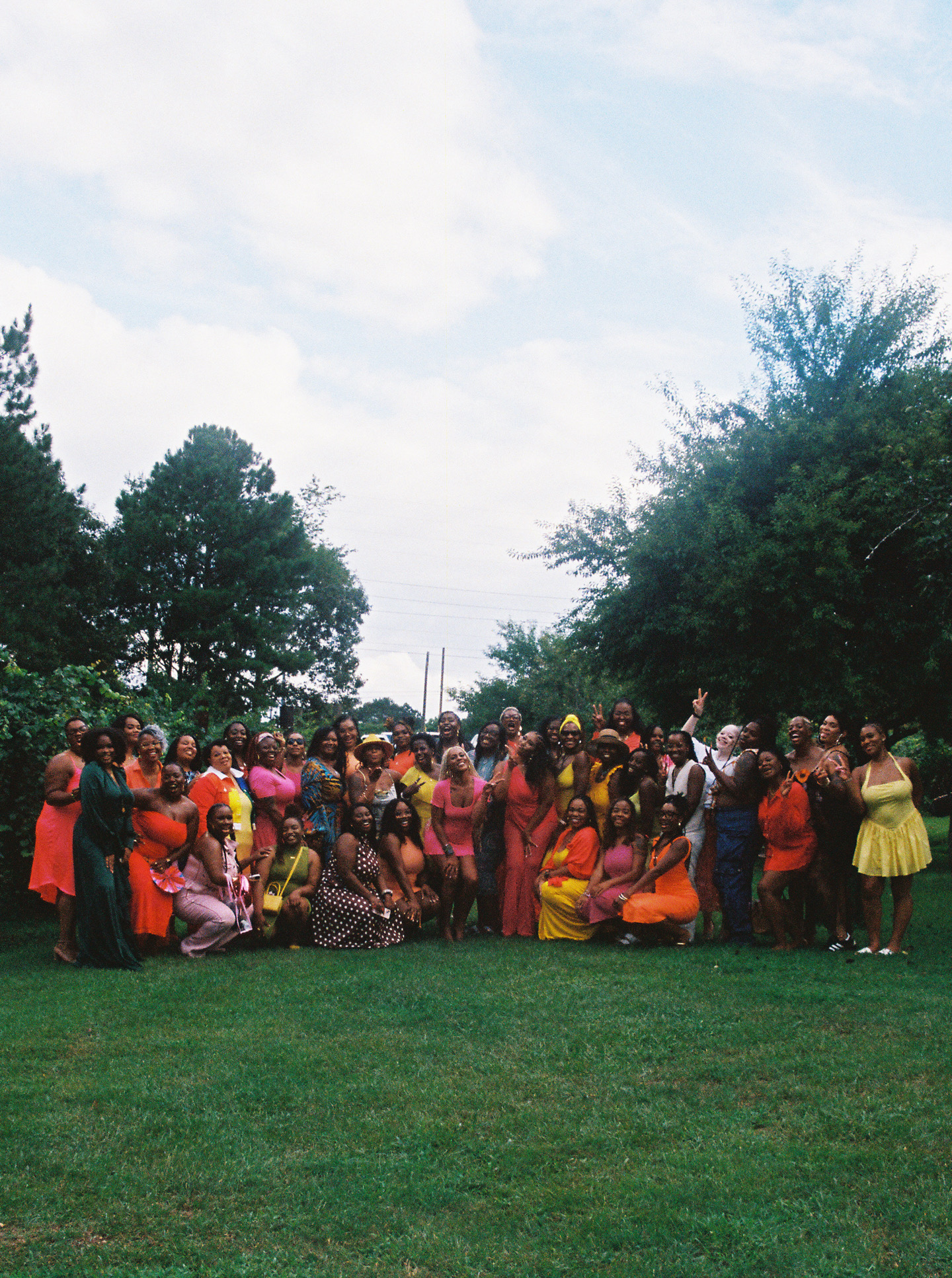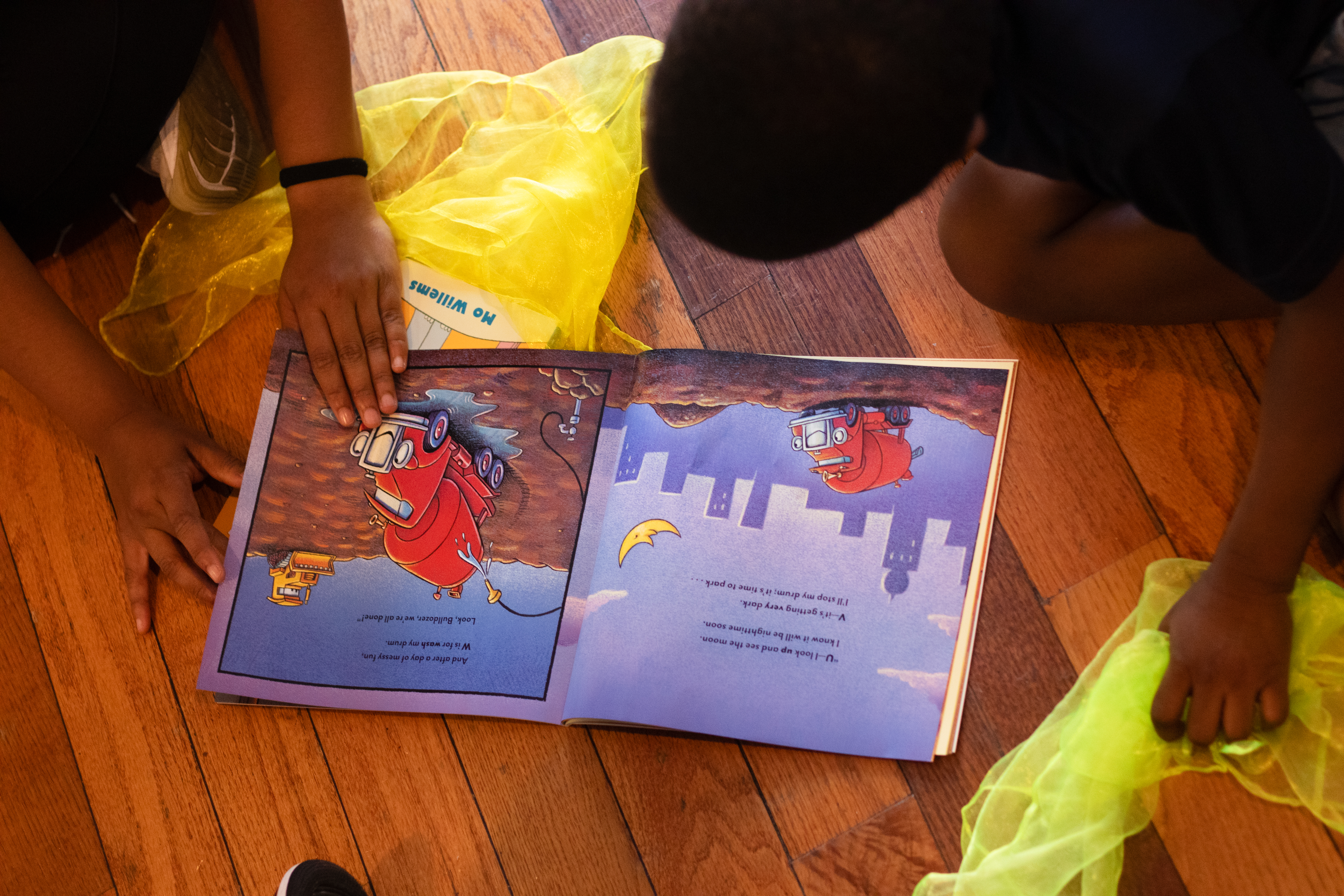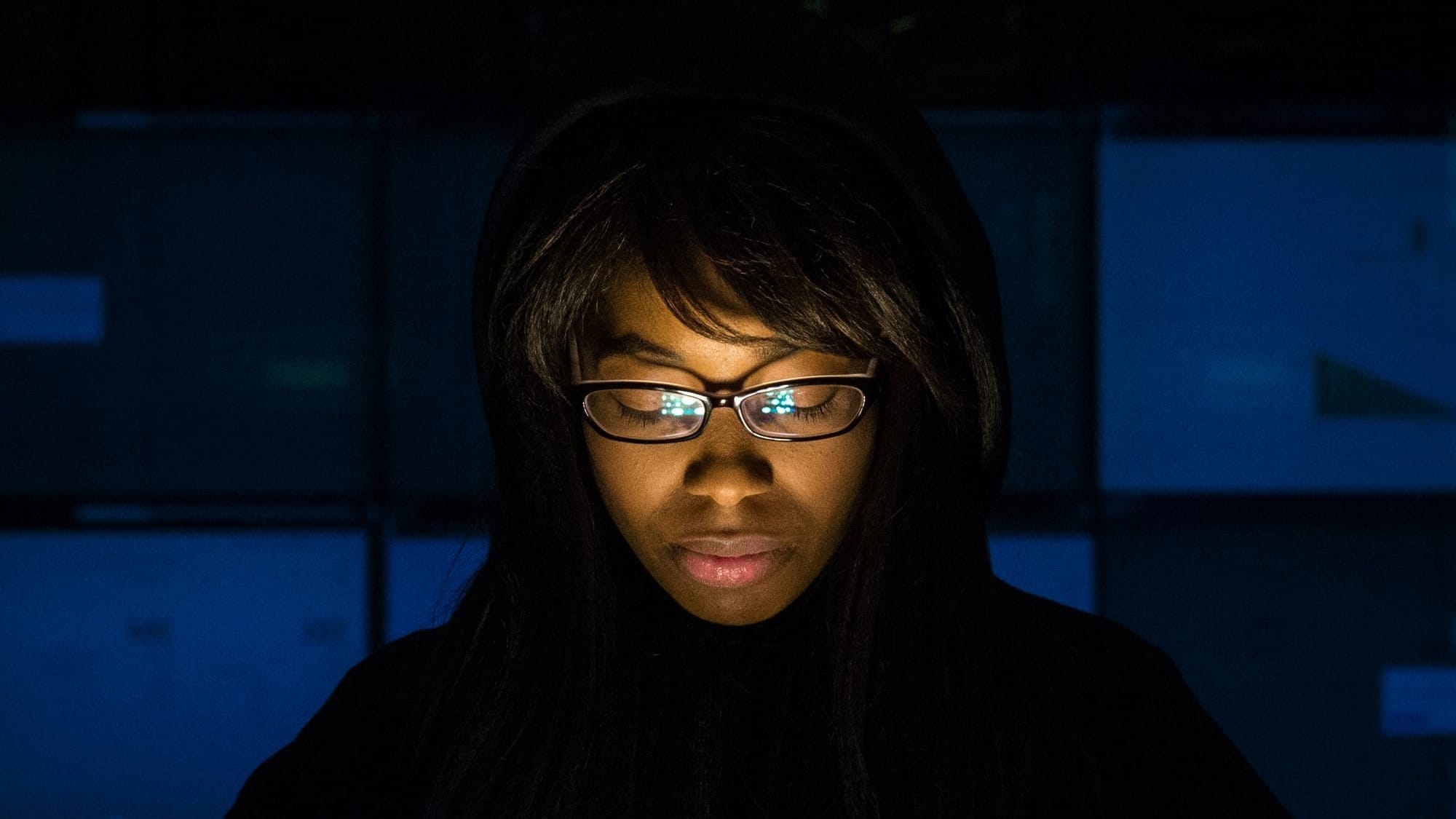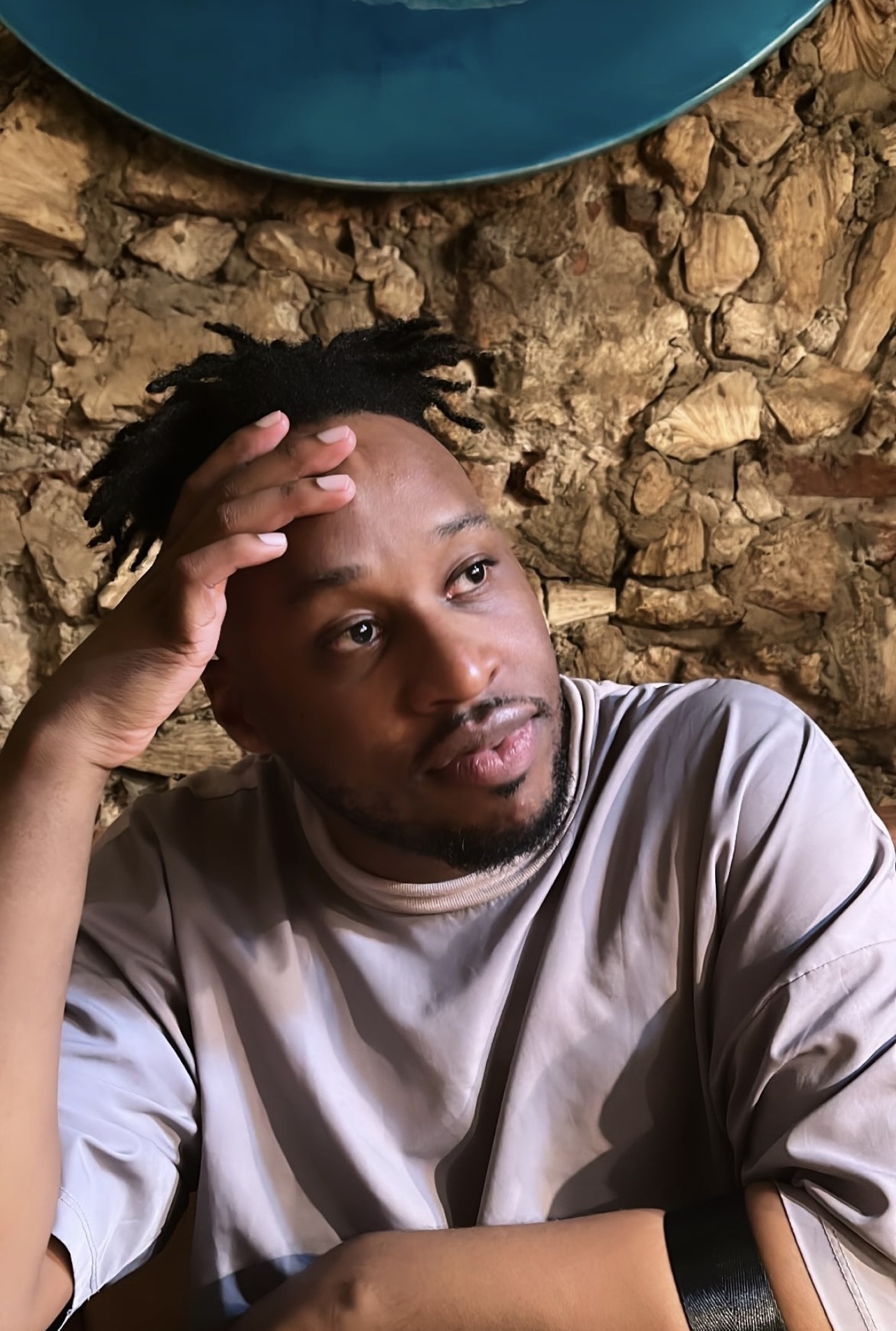Jim Crow Perfected: The Parallels Between South Africa’s Apartheid and America’s Segregation
As a Philadelphian, I arrived in Johannesburg, South Africa, and immediately felt something click. South Africa, in so many ways, parallels the United States, even down to the struggle for independence against Britain.
When traveling, the first thing people do is compare new sights they are seeing to something else they’ve experienced. Sometimes, it is done intentionally to soothe the discomfort of being in a foreign place. Sometimes, things are so similar that ignoring the parallels would be a disservice to better understanding a new place. Welcome to South Africa as a Black American.
As a Philadelphian, I arrived in Johannesburg, South Africa, and immediately felt something click. South Africa, in so many ways, parallels the United States, even down to the struggle for independence against Britain. South Africa and the United States occupy a unique position in the world of racial discrimination because they are two sides of the same coin with the same goals: racial classification and subjugation.
Jim Crow in the United States began at the end of the Reconstruction era and lasted from 1877 to 1968. During that period, Black Americans were subjected to racism, discrimination, and various traumatic experiences that would shape the way Black Americans think and move through life for generations to come. Jim Crow was meticulously created to indoctrinate Black Americans with the idea that they would always be inferior to the white race. This was made the law of the land through the creation of laws and amendments to the United States Constitution.
Apartheid in South Africa was a form of institutionalized and systemic racial segregation that lasted from 1948 to 1994. Like Jim Crow, it was validated and perpetuated by the creation of laws that made various activities and behaviors related to race criminal acts. The entire system of modern South Africa became based on the fundamentals that apartheid must be upheld, eventually impacting the criminal justice system, the education system, and even the economy.
South Africa did not reinvent the wheel. The Dutch examined the United States and mimicked the rules and regulations created during Jim Crow. The very first apartheid-era law they passed in South Africa was the prohibition of mixed-race marriages, which had existed in the United States since the 1660s. Because legislation was used to instill these racist ideologies, enter the people who are employed and paid to protect and serve: the police. The United States and South African governments used police departments to maintain the status quo they created. “Under apartheid, the security forces were instruments of repression. They enforced notorious security legislation directed against opponents,” said The Conversation Africa.
During the most profound years of apartheid, on the other side of the world, Philadelphia saw Frank Rizzo as a massive presence in the city as the police commissioner from 1967 to 1972 and then as mayor from 1972 to 1980. Philadelphia can be seen as a microcosm of a more significant American experience of having institutions that are meant to protect and serve but only for people of a specific skin color. Philadelphia, a predominantly Black city, was not only being policed by an oppressive white supremacist but eventually led, as a city, by such an individual, which is mind-boggling. The parallel between this being the case in South Africa is undeniable and equally astonishing.
Looking at modern-day racial wealth disparities highlights the similarities between the United States and South Africa. An article titled "The Racial Wealth Gap in South Africa and the United States" found glaring similarities when it came to Black households in both the United States and South Africa owning less than 6% of what white households would own. “The fact that the racial wealth gap in the US is similar to that of a country that recently emerged from apartheid is a sobering indictment. Conversely, the US presents a grim outlook of the future course of the racial wealth gap in South Africa, especially in the absence of economic redress,” said Grieve Chelwa, Mashekwa Maboshe, and Darrick Hamilton, authors of The Racial Wealth Gap in South Africa and the United States.
Visiting South Africa shows us that sometimes we travel to places and realize that we love a place because of the trauma we share. You identify and respect the struggle, and you can’t help but feel at home with people who live in a place where waking up each day is an act of resistance to systemic structures. It’s been 59 years since Jim Crow ended and 30 years since apartheid ended, and while the sobering reality that things have not changed much since the days of institutionalized oppression should make us feel defeated, in twists of fate, it can make us feel the opposite. I left Johannesburg, South Africa, feeling seen, supported, and committed to the fight for future generations.





